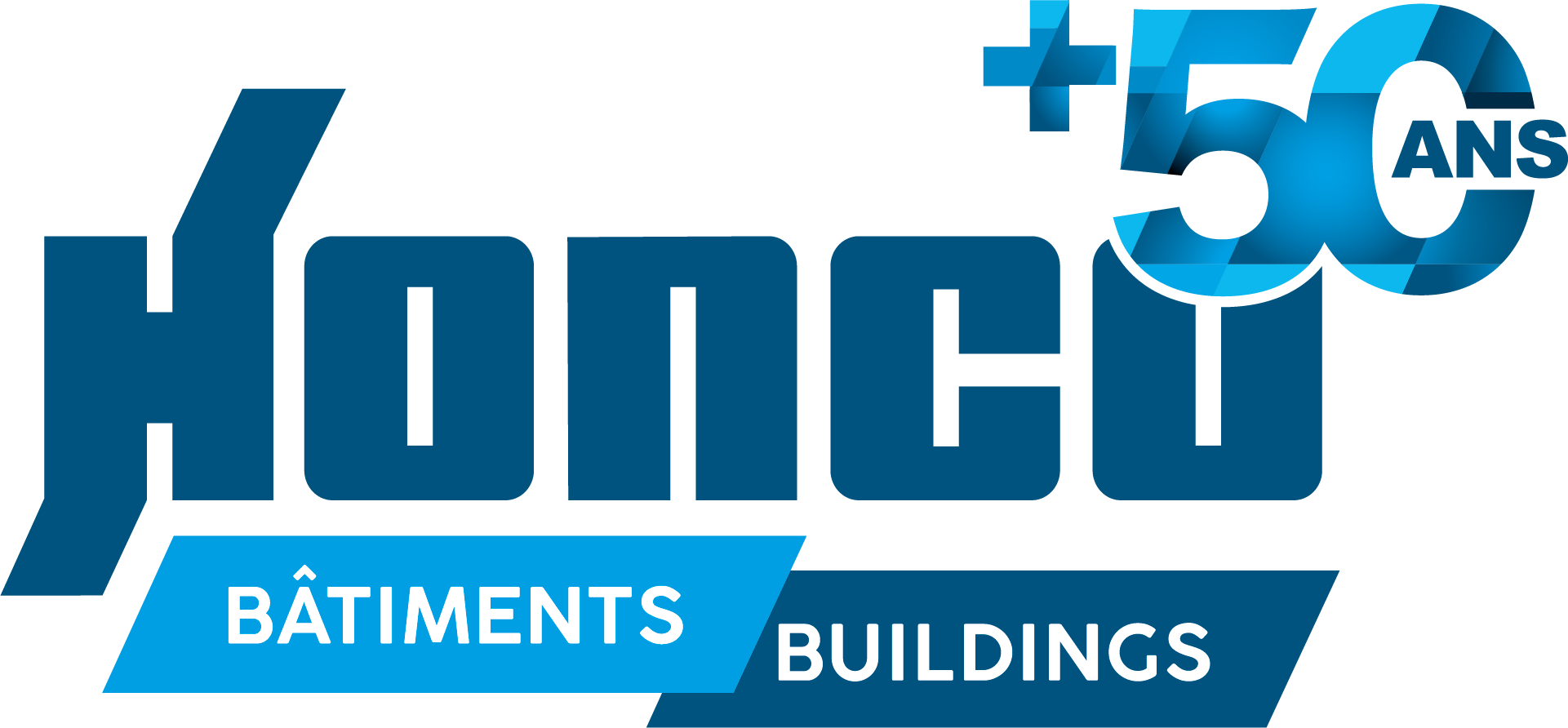If one thing unifies the real estate development industry, it’s that construction costs are constantly rising, and therefore developers – whether they are government or in the private sector – must try to get the most out of every dollar spent.
That’s why the design-build construction delivery method is worth considering. Unlike traditional design-bid-build contracts, design-build provides developers with many benefits and adds value to any project.
A historical construction method
Although widely viewed as a method that gained momentum in Canada in the closing decade of the 20th century, the design-build concept goes back centuries to when it was referred to as ‘master builder’, a service that integrated the expertise of the engineer, architect, and contractor.
The Canadian Design-Build Institute defines design-build as “a single source for design and construction that includes a comprehensive process including planning, design, and construction required to execute and complete a building facility or other type of project.”
How does it work?
The way it works is that a developer contracts with a single entity to design and construct a project, and that entity bears sole legal responsibility for both aspects – as opposed to numerous entities each having their own contract under the design-bid-build system. Design, preparation of detailed technical specifications and drawings, procurement, construction, testing, commissioning – all are the responsibilities of the design-build contractor, along with meeting the developer’s requirements.
The beauty of design-build done correctly is that it is desirable for contractor and developer alike. For the former, the system eschews the `race to the bottom’ inherent in the competitive bidding process. Also, the contractor has the opportunity to learn during the design phase exactly what the developer wants, along with the size of the budget. This is in stark contrast to traditionally not having all the information required to make an informed estimate during bidding and either losing the bid and wasting a lot of time and effort, or winning the bid due to low-balling the cost – and then trying to win back costs during construction, which often leads to conflict.
Design build advantages
For the developer, design-build’s huge advantage is obviously having only one person to deal with, which favours better communication, better the chance of forging a trusting relationship, and therefore a far better chance of being on time and on-budget.
Of course, any contract is only as good as the care put into it, and Helmut Johannsen, associate counsel for Singleton Urquhart LLP, outlined some of the requirements of a successful design-build contract as well as potential drawbacks in a 2017 paper on the topic, Design-Build/EPC Contracts.
For example, Johannsen pointed out it is vital that the developer and the design-build contract recognize the “existence of contractual flow-down of risks and liabilities,” which impacts contingencies, contract price, and the decision whether to submit a proposal.
Johannsen also noted that factors such as profitability of the project, the risk tolerances and resources of the developer, and the source and type of financing must all be considered in assessing whether design-build is the appropriate delivery method for a particular project.
What are the risks?
As for potential drawbacks in a design-build contract, Johannsen cites “loss of control and reduced owner involvement in design,” the “danger of design-build becoming build-design,” and the “limited pool of qualified design-builders” – again, elements that can all be effectively addressed with careful planning and foresight.
The many recommendations contained in the Canadian Design-Build Institute’s Practice Manual Document 115 include the developer retaining the services of an owner’s advisor or bridging consultant, since during a design-build project the developer typically does not have direct contact with the design consultant.
Risk mitigation that developers can and often use in design-build contracts include clear performance specifications and milestone dates; enforceable performance guarantees; extensive ability to inspect, test, and reject; and contract change provisions that require strict notice procedures and define the developer’s view of reasonable schedule extensions and compensation.
Risk mitigation for contractors often includes force majeure provisions providing extension of time and compensation; change provisions providing compensation and time for delay or disruption beyond the contractor’s control; and short time for payment and for the developer’s review of submittals.
The decision to deliver a project by design-build depends on the objective, complexity, and timing of the project. However, as a time and cost-saving measure, design-build continues to increase in prominence in Canada, which is said to be keeping pace with the U.S., where the system is now used in 40 per cent of all non-residential construction projects, including 80 per cent of military projects and 50 per cent of projects worth more than $10 million.
Better still, while successful design-build contracts forensically outline the duties and responsibilities of all concerned parties, help in drafting contracts - or in determining if a design-build delivery is the right `fit’ to begin with – is readily available: the Canadian Design-Build Institute is a vital resource, and the Canadian Construction Documents Committee offers template design-build contracts.
